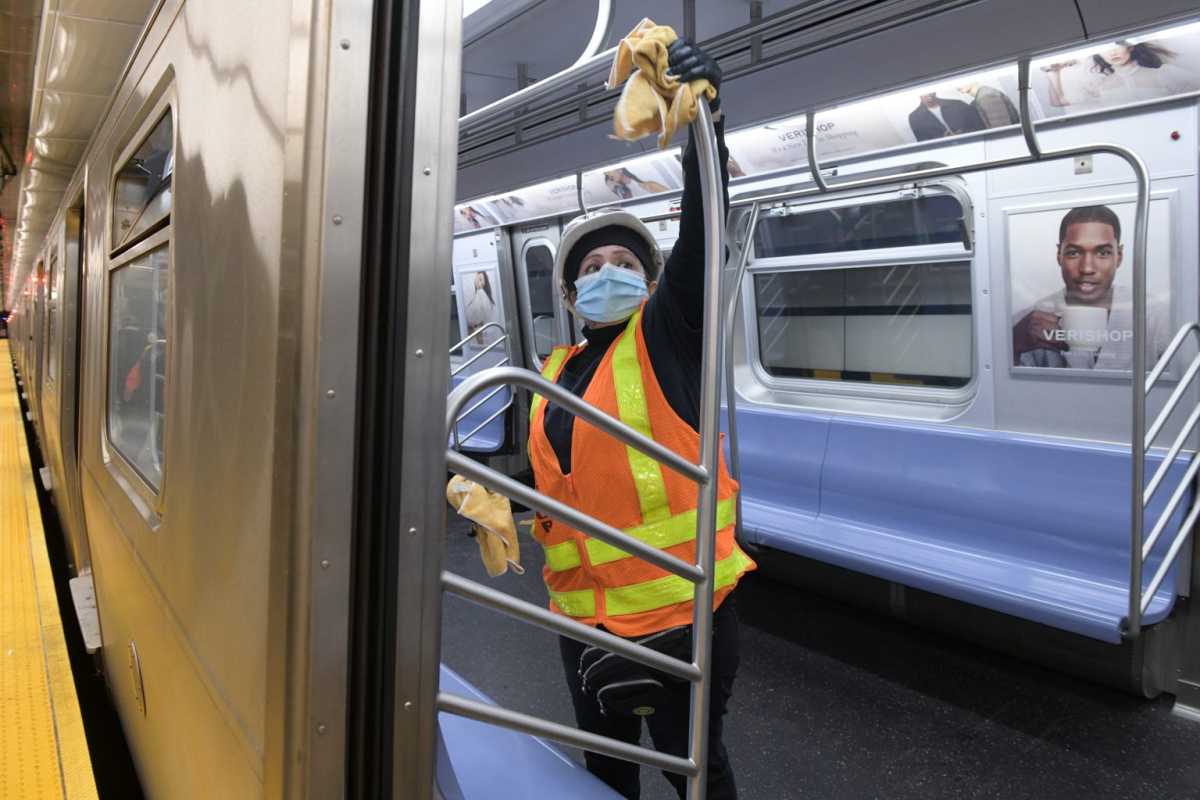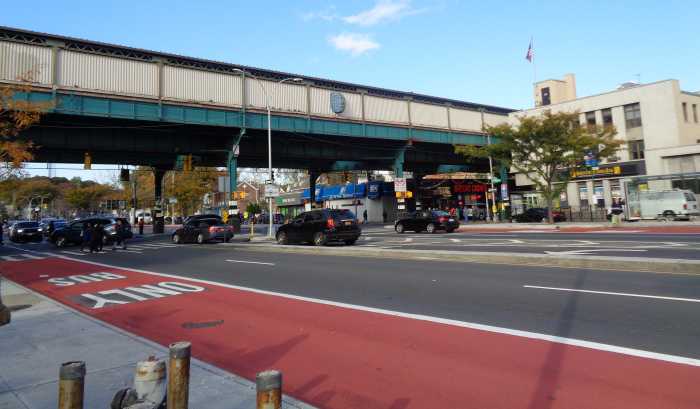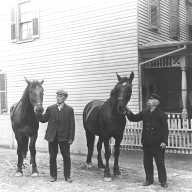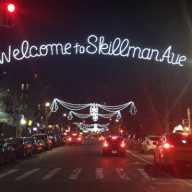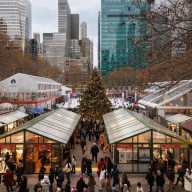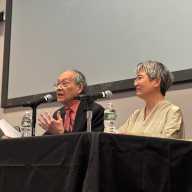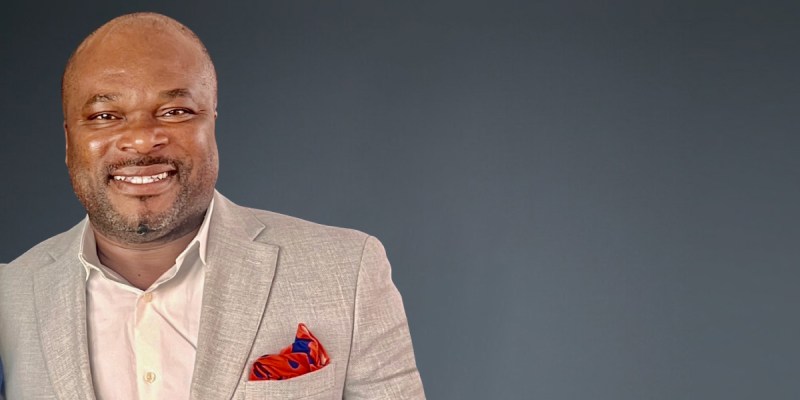MTA officials went into greater depth Monday about their overnight subway shutdown planning beginning this week, committing to filling the transit gap with buses and for-hire vehicles to keep essential workers moving in the wee hours of the morning.
As May 6 approaches, the MTA is refining its plan to shut down all 472 subway stations between the hours of 1 a.m. and 5 a.m., starting Wednesday. Buses will replace the lost subway service; there will be 1,168 more bus trips facilitated by 344 more buses on the road, enhancing 61 routes.
According to the MTA, they are looking to get futuristic in ways of eliminating the virus from surfaces, such as UV lights or new products that kill COVID-19.
“We’re testing multiple products from multiple companies. They claim — and we are in the process of verifying with federal regulators and laboratories — that their products will eradicate the virus including COVID-19 for an extended period of time: 30, 60, 90 days,” MTA Chair Pat Foye said at a Monday press conference. “We’re also exploring ultraviolet light.”
Testing on these new methods are ongoing and Foye said the findings would be released during their monthly board meeting in May.
Essential workers whose needs cannot be met by buses will be able to call 511 for a ride to their job which they will be able to use once within that four-hour window.
According to interim New York City Transit President Sarah Feinberg, the overnight closure was necessary despite the cleaning efforts underway during the daylight hours at terminals, but this allows them to access all subway rolling stock with no obstruction from the public.
Feinberg said there will not only be 500 cleaners swarming every station, terminal and yard, but that there will also need to be a stepped up policing effort from NYPD and MTA police, which she claimed is to ensure stations are closed off to the public starting at the stroke of 1 a.m. on Wednesday. The MTA said the NYPD would be determining the numbers officers needed to accomplish this.
“We’re going to learn and get better as we go,” Feinberg said. “This entire thing is unprecedented — we’ve said that so many times I’m worried that it is losing what it means.”
Feinberg told reporters Monday that the single ride per day for essential workers only applies during those hours and was decidedly only for-hire vehicle rides per day on account of the expectancy that there shift wouldn’t be beginning or end in such a short span of time.
This story originally appeared on amny.com.

